Tetris
How to play Tetris
- Use arrow keys to move tetrominoes left or right.
- Press the up arrow to rotate the piece.
- Press down to make the piece fall faster.
- Create complete horizontal lines to score points and clear space.
- Keep the blocks from stacking up to the top of the screen to avoid losing the game.
Tetris Description
Tetris, developed and published by HVB Software in 1992 for MS-DOS, brings the classic puzzle game to PC players. In this version, the familiar mechanics of Tetris are faithfully recreated, providing hours of addictive, block-stacking fun. The game challenges you to manipulate falling tetrominoes (geometric shapes) in order to create solid horizontal lines across the screen. Each completed line disappears, giving you more space to work with and increasing your score. But be careful, as the speed of falling blocks gradually increases, making the game progressively harder as you advance.
HVB Software’s Tetris for DOS has simple yet colorful graphics, staying true to the essence of the original concept. The objective is simple—survive as long as possible by clearing lines and preventing the stack from reaching the top of the screen. Its fast-paced, engaging gameplay is enhanced by its easy controls, making it a go-to for puzzle fans of all ages.
Cheats/Hints/Walkthroughs for Tetris

Tetris - additional information

Tetris - DOS Game by HVB Software
The classic Tetris puzzle game has made its mark on gaming history, but fewer people may be aware of the unique 1992 DOS version developed by HVB Software. This version of Tetris may not be as widely recognized as the original or its many adaptations, yet it holds a special place for those who enjoy retro gaming on DOS. Released in the golden era of early 90s computer games, this DOS adaptation stayed true to the simplicity and addictiveness that made Tetris a global phenomenon.
Tetris: The Timeless Puzzle Game
Tetris, originally created by Alexey Pajitnov in 1984, has been adapted for numerous platforms over the decades. The core concept of the game involves fitting falling geometric shapes, known as tetrominoes, into a well or playfield. Players must rotate and move these shapes to form complete horizontal lines, which then disappear to make room for new blocks. The game becomes progressively faster, increasing its difficulty level as players advance.
What sets this 1992 DOS version apart is its unique charm, while keeping the addictive gameplay intact. With HVB Software at the helm, this iteration delivered a minimalist approach, providing PC gamers a version that felt at home on their systems at the time.
Gameplay and Features of HVB Software's Tetris (1992)
The HVB Software edition of Tetris doesn't stray too far from the classic gameplay mechanics, but there are some distinctive elements that give it its own identity:
1. Simplified Graphics
This version of Tetris was designed to run on early DOS systems, so the graphics are simple and straightforward. In contrast to some of the more colorful console versions, the 1992 DOS version keeps things minimalist, with monochrome or basic color palettes. The design reflects the computational limitations of the time but retains the smooth and sharp block movements that are key to Tetris.
2. Sound Effects
Audio in early DOS games could be hit or miss due to system constraints. HVB Software’s Tetris features basic sound effects, providing audible feedback when lines are cleared or blocks land in place. While not as rich as the music heard in versions like the Game Boy's, the sound does its job, keeping players immersed in the game without distraction.
3. Difficulty and Speed Progression
Like most versions of Tetris, this edition starts at a relaxed pace but ramps up in speed as the game progresses. The faster the tetrominoes fall, the quicker your reflexes need to be, and this is where the game's classic challenge shines. It tests not just the player's strategic placement of blocks but also their ability to think and act quickly under pressure.
4. Keyboard Controls
As a DOS game, Tetris on this platform relies on keyboard inputs. The directional keys allow players to move the falling tetrominoes left, right, or down, and the space bar or another designated key is used to rotate the shapes. This intuitive control scheme keeps the game easy to play, especially for those familiar with PC gaming at the time.
5. No Multiplayer Mode
Unlike some later adaptations, HVB Software's Tetris is strictly a single-player experience. This decision likely stemmed from the limitations of DOS systems and the intended audience, as multiplayer gaming was not as prominent in the early 90s. Despite this, the game’s replay value remains high, thanks to its endless challenge mode.
Historical Context and Cultural Impact
By 1992, Tetris was already a global phenomenon, and this DOS adaptation by HVB Software catered to the PC gaming crowd that wanted to experience the game on their computers. Although it didn’t introduce any groundbreaking innovations, it ensured that Tetris continued to reach new audiences. The game had already captured the imagination of gamers on consoles like the NES and Game Boy, but the DOS version allowed PC gamers, especially those who favored IBM-compatible systems, to join in on the fun.
Tetris as a franchise became synonymous with puzzle gaming, and its influence has been felt across numerous gaming genres. Whether it’s the design of puzzle mechanics, the "easy to learn, hard to master" principle, or its intense focus on high scores and reflex-based gameplay, Tetris remains a towering figure in video game history.
The 1992 version, while a quieter release compared to console adaptations, added to the expansive collection of Tetris ports and is remembered fondly by those who spent hours playing it on their DOS machines.
Similar DOS Games to Tetris
While Tetris is the definitive puzzle game, other DOS games from the era also offered compelling gameplay in the puzzle genre. For players who enjoyed this version of Tetris, here are a few other classic DOS games that may pique your interest:
1. Columns (1990)
Released by Sega, Columns is another tile-matching game that challenges players to match up rows of gems of the same color. While the mechanics differ from Tetris, the satisfaction of aligning rows and scoring points is just as addictive.
2. Dr. Mario (DOS Port, 1990s)
Another Tetris-inspired game, Dr. Mario involves matching colored pills to eliminate viruses. The DOS port offered a slightly different experience from the NES version but retained the same core puzzle mechanics.
3. Blockout (1989)
Taking the Tetris concept into a 3D space, Blockout challenges players to stack blocks in a cubic playfield. It adds a layer of complexity by requiring spatial awareness in three dimensions, making it an innovative spin on the traditional block-dropping gameplay.
4. Klax (1990)
A puzzle game that tasks players with catching falling tiles and organizing them into specific patterns. Klax was another title that drew comparisons to Tetris, though it stands out with its own gameplay dynamics and style.
The 1992 DOS version of Tetris by HVB Software may not have been the flashiest or most feature-packed adaptation, but it remains a solid, faithful version of the puzzle classic. For those looking to relive a nostalgic gaming experience on their DOS emulators, this version is a must-play. Its minimalist approach, intuitive gameplay, and endless replayability continue to showcase why Tetris is regarded as one of the greatest video games of all time.
If you're a fan of puzzle games or simply want to experience a slice of gaming history, give the HVB Software Tetris a try on ClassicReload and discover the magic of this timeless classic!






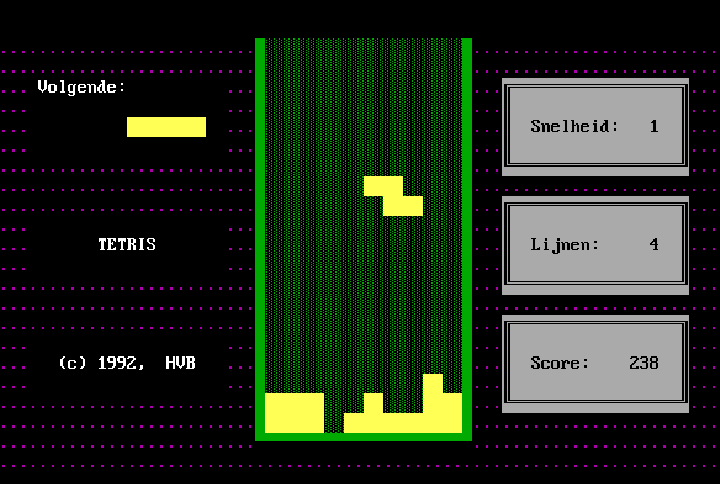
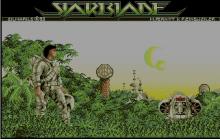
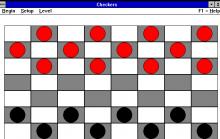
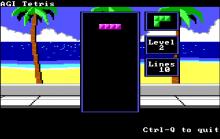
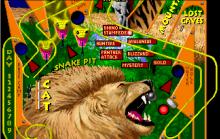


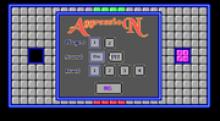
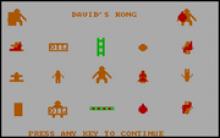
Write a comment